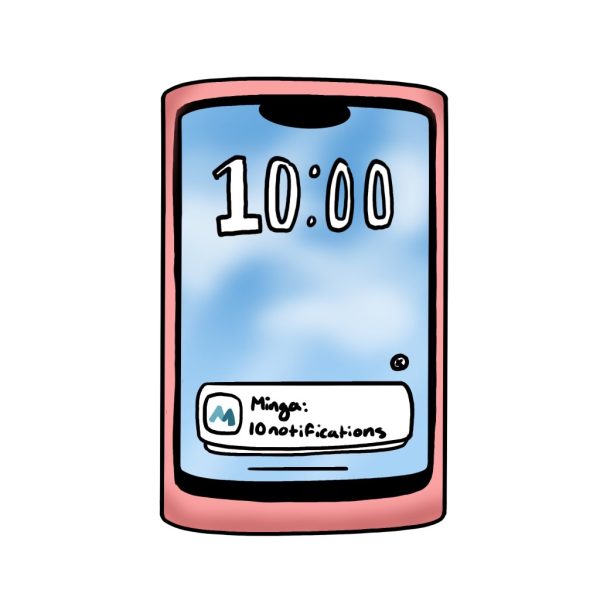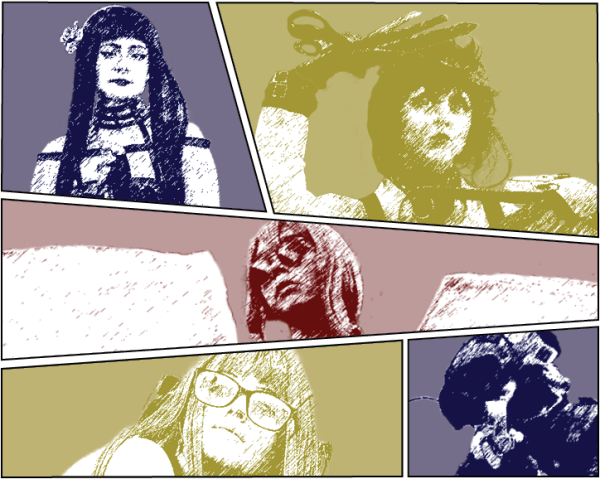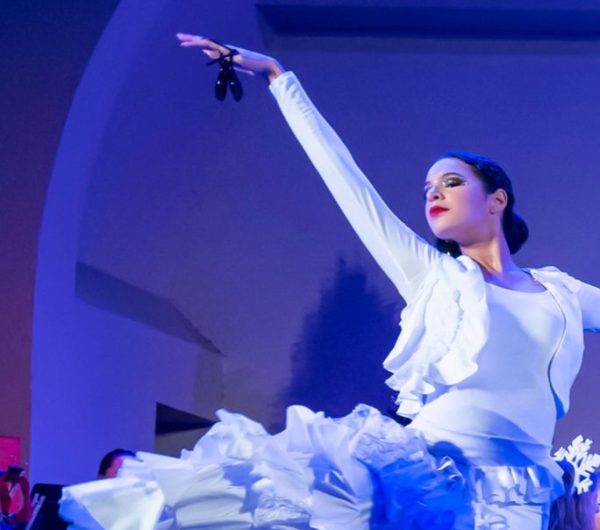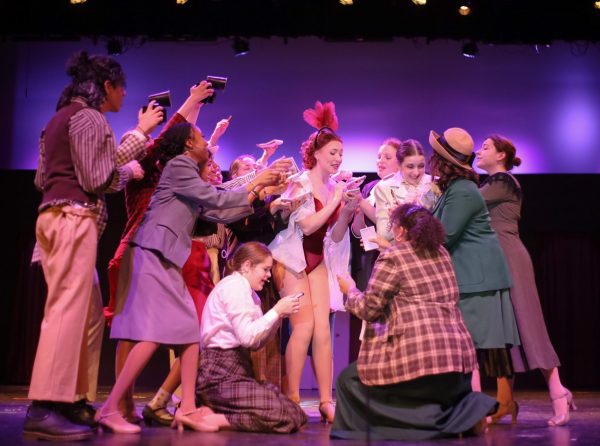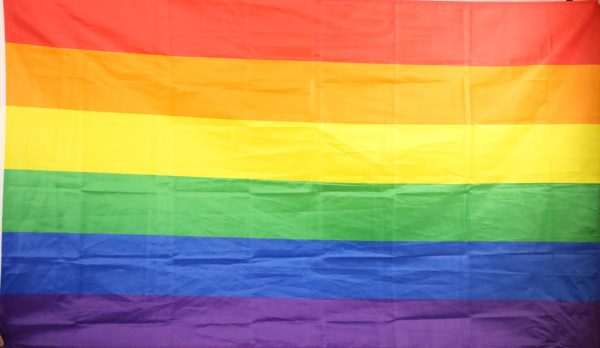Selfie Expression
Student selfies swamp social sites
In this day and age of technological interconnectedness, social media sites have boomed to become big parts of student and adult lives. But selfies, originally known as any photo of yourself taken by yourself, have exploded from sideline photos to prime-time feature posts on accounts spanning across Facebook, Instagram and Twitter.
This selfie spree, spanning from its Australian-forum birthplace a decade ago to present day, gained so much hype that Oxford English dictionary not only added the word to the ranks of Oxford’s collegiate dictionaries, but named it as 2013’s word of the year, causing controversy across genders and generations.
“It’s wrong that [selfie] is a word and honestly there are better words to describe 2013 than selfie,” sophomore Paige Peterson said. “Portrait is a word. A self-portrait is a thing. But selfies are just a no. They’re so overdone and I’m sick of seeing a billion selfies in my timeline.”
So has the selfie lost its appeal after burning out its year of fame? Students like sophomore Cameron Yap beg to differ.
“Selfies are a form of art, a form of expression. They’ve become such a big part of our culture because they reflect how our generation chooses to express ourselves,” said Yap. “Everyone takes selfies because selfies are a great way for people to relate to each other.”
Selfie-takers like sophomore Mackenzie Scroggs and junior Amanda Moberg agree that selfies are also a way for people to laugh together and become closer.
.
Selfies are a form of art, a form of expression.They’ve become such a big part of our culture because they reflect how our generation chooses to express ourselves. Everyone takes selfies because selfies are a great way for people to relate to each other.
— Cameron Yap
“I know that when I feel ugly I like to take tons of silly selfies to remind myself that it’s okay to be who I am,” sophomore Mackenzie Scroggs said. “Silly [poses] and faces make me laugh and make my friends laugh, so we like to go crazy with it sometimes.”
And through friends coming together to make memories, selfies have expanded to include a multitude of categories known through their partnering poses, hashtags, emojiis and comments.
“When it comes to selfies its rare to find one that’s unique. There’s the dressing room selfies and car selfies and ‘I don’t want to be here’ selfies,” junior Jenna Bakke said. “Then there’s the duck face selfies, the #nomakeup selfies, and, of course, the awkward bathing suit mirror selfies.”
But one thing all selfies have in common is their ability to capture a moment, be it one of narcissism, charity, fun, remembrance, acceptance, love or loss, to make social media pages more personal.
“The likes you get on your Instagram and Twitter selfies really boost your confidence,” sophomore Taryn Wheeler said. “It’s a big reason why people take selfies in the first place. It’s a way for us to get validation from our friends and strangers because with every like we are reminded that [we] can be beautiful and confident.”
So has the influx of selfies across the internet resulted in a bitter taste among teens, or a positive vibe among selfie sharers?
Well selfie artists and advocators argue that selfies, as long as they are in moderation, do bring friends, schools, and countries together in ways photographs never will.
A Selfie of Olympic Proportions
The epitome of selfie sharing began in November when the Selfie Olympics rocked Twitter, and continues to rack of millions of uploads under its Twitter hashtag, as a way to pass time until the Sochi Olympics.
“Props to you if you had the courage to participate in the selfie Olympics,” Peterson said. “It takes guts and a sense of humor, both of which will go a long way to making your selfie stand out, which is why I think [the Selfie Olympics] have gained so much popularity.”
The Selfie Olympics initially began as a trend where participants took the most ridiculous selfie possible in their bathroom or bedroom mirror, but has escalated to include antics with the Pope, poses with the president and actual Olympic athletes snapping selfies between events.
“Selfies are all about stretching a photo to its limits,” Yap said. “And the Selfie Olympics are all about just that; reinventing the selfie and reminding people that selfies connect us all together through the craziest antics we can squeeze into the parameters of the photo .”
It is for this reason that Yap and Junior Isaac Sprang claim the selfie will never lose its novelty.
“Selfies are timeless,” Sprang said. “Selfies allow us as a generation to connect and share memories together and will prevail through any future hashtag trend. [They] are straight up a way to communicate and have fun, which will never grow old.”
Gallery: The Best Selfies from Hagerty Students
Your donation will support the student journalists of Hagerty High School. Your contribution helps us publish six issues of the BluePrint and cover our annual website hosting costs. Thank you so much!

